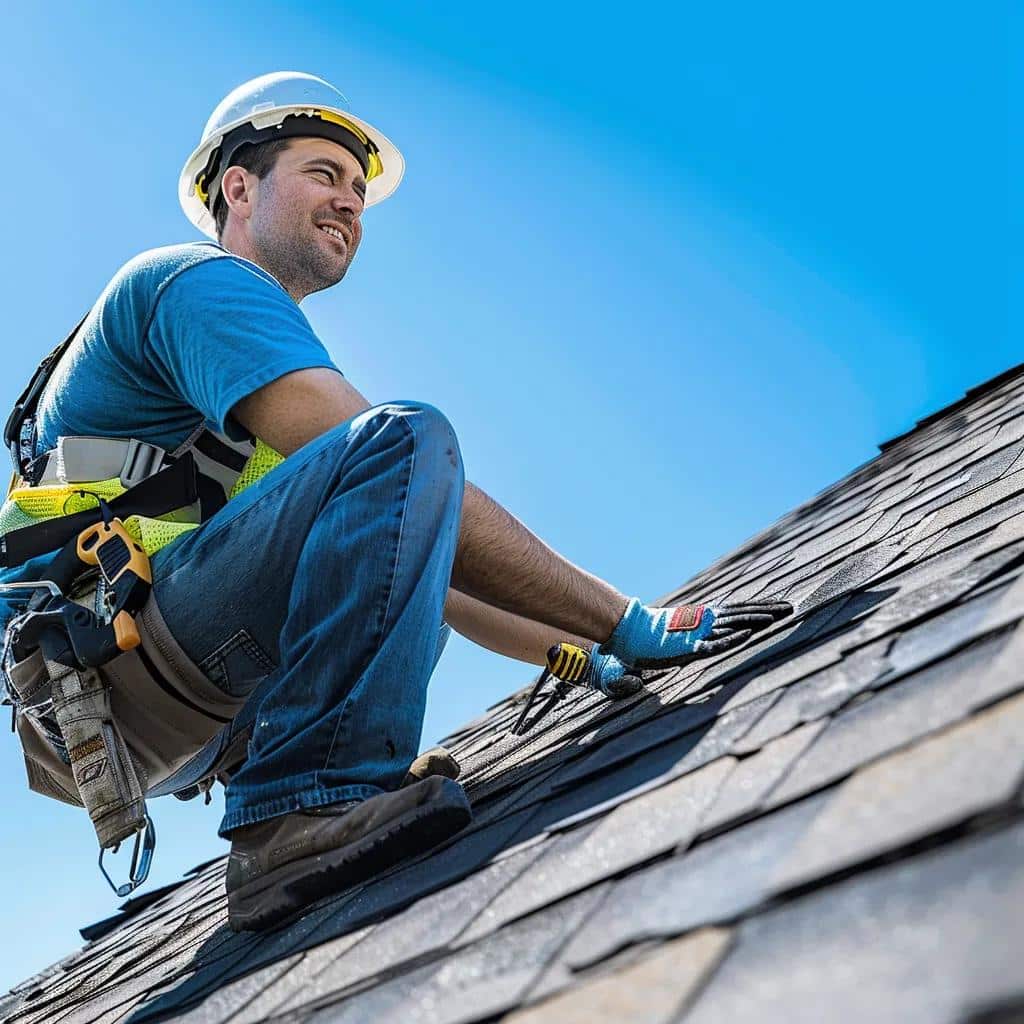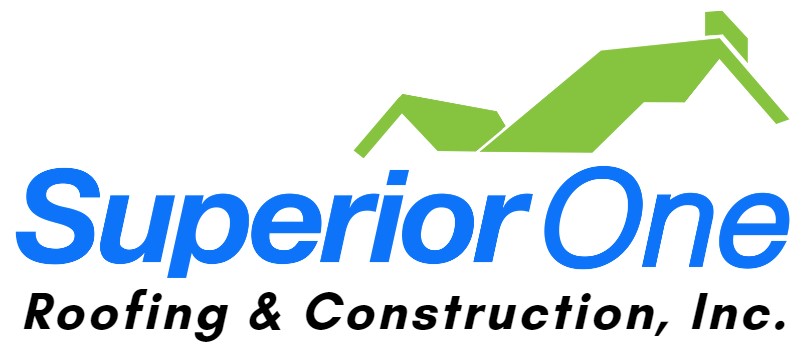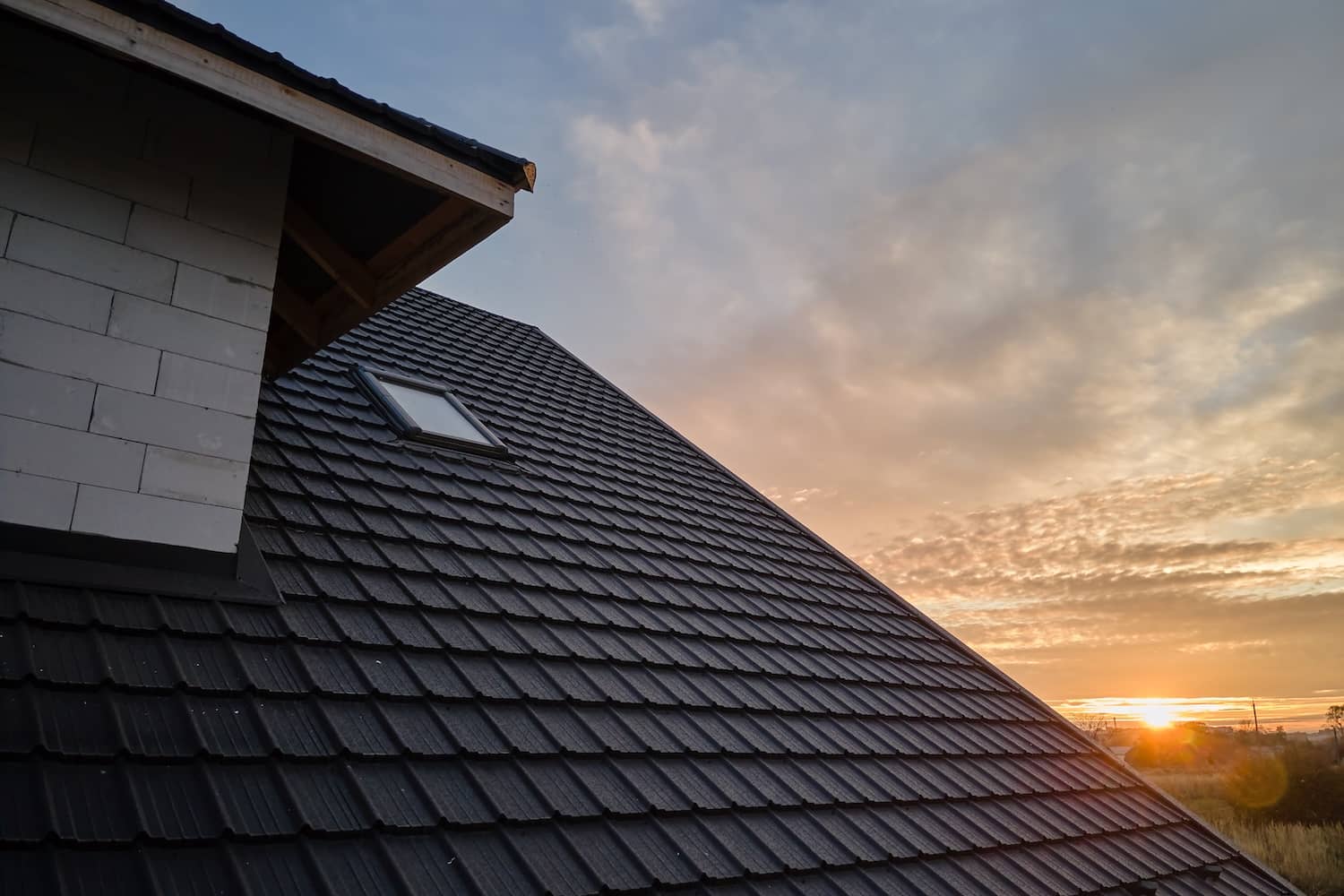Roofing Contractor Selection Tips: Essential Tips for Dallas-Fort Worth Homeowners

Your home is your sanctuary, and its roof stands as the ultimate protector of your comfort and security. Selecting the right roofing contractor is paramount to safeguarding your home’s structural integrity, its value, and your family’s well-being. For Dallas–Fort Worth homeowners, finding a roofer who embodies unwavering trust, communicates with clarity, and possesses proven local experience is non-negotiable. This guide is designed to empower you in choosing a dependable roofer, covering essential aspects like credentials, estimates, material selection, storm damage claims, and project expectations. Discover how S1 Roofing’s licensed and insured professionals, including their esteemed Master GAF status, can provide you with unparalleled peace of mind.
Confirming a Roofing Contractor’s Credentials and Insurance


It is absolutely vital to confirm that your chosen roofing contractor is both licensed and insured. This crucial step protects you from substandard workmanship, potential liabilities, and ensures compliance with Texas regulations, thereby safeguarding your valuable investment and providing you with complete peace of mind.
Why Licensing Matters
- Ensures strict adherence to the standards set forth by the Texas Department of Licensing and Regulation.
- Holds contractors to the highest benchmarks for quality workmanship and ethical business practices.
- Guarantees that all work is performed in compliance with local building codes and essential safety protocols.
The Importance of Licensing
Possessing a valid roofing license is a clear indicator that a contractor has met the state’s rigorous safety and training requirements. This protects you from engaging unqualified individuals and ensures that all work is performed in accordance with local regulations. It signifies a contractor’s professional accountability and their dedication to delivering superior craftsmanship.
Texas Department of Licensing and Regulation
Always verify a contractor’s credentials before any work commences to ensure complete confidence.
Steps to Verify a Contractor’s License
Never settle for verbal assurances alone. Protect your property by diligently following these essential steps.
- Request their official license number, which should be clearly stated on their proposal, business card, or website.
- Verify the license status directly through the Texas Department of Licensing and Regulation online portal.
- Carefully review the license’s current status, its expiration date, and check for any recorded disciplinary actions.
- Contact your local building department to confirm specific permit requirements for roofing projects in your area.
By meticulously following these steps, you can be assured that you are hiring a contractor whose legitimacy is officially documented and easily verifiable.
Confirming Roofing Contractor Insurance
A reputable and professional contractor will always carry both general liability and workers’ compensation insurance. This essential coverage protects you from potential injury claims on your property and safeguards against any accidental property damage. You can verify their coverage by:
- Requesting a certificate of insurance that specifically names your property as an “additional insured.”
- Confirming that their policy limits meet or exceed the industry standard of at least $1 million for general liability and comply with all state workers’ compensation requirements.
- Contacting the insurance provider directly to validate that their policies are active and in good standing.
This thorough verification process ensures that any accidents occurring on-site or any accidental property damage will not become your financial responsibility.
Red Flags for Unlicensed or Underinsured Roofers
It is crucial to be aware of these significant warning signs:
- A contractor who cannot provide a verifiable license or outright refuses to do so.
- Presentation of invalid or expired proof of insurance.
- An insistence on substantial upfront payments without providing a detailed, itemized contract.
- A lack of a physical business address or unresponsive contact information.
Questions to Ask During a Roofing Estimate
A roofing estimate should serve as a comprehensive blueprint for your project, clearly outlining all costs, the specific materials to be used, projected timelines, and the terms of any warranties. Asking precise and detailed questions is key to fostering transparency and enabling you to make truly informed decisions.
Get Your Free Roofing Quote with Superior One.
Details a Quality Roofing Estimate Should Include
A truly comprehensive proposal must meticulously include:
- A detailed scope of work, clearly describing every service to be performed.
- An itemized list of all materials, specifying the exact brands and types to be used.
- A clear breakdown of labor costs and a defined payment schedule.
- Specific details regarding both the manufacturer’s material warranty and the contractor’s workmanship warranty.
These essential components establish a clear contractual framework, significantly minimizing the potential for future disputes or misunderstandings.
Comparing Estimates from Different Roofing Contractors
When evaluating bids from various roofing contractors, consider these critical factors: Secure Your Estimate
- The quality of the materials proposed and the reputation of the brands.
- The duration and specific terms of the labor warranties offered.
- The proposed payment structure, including any required deposits and milestone payments.
- Confirmation that all services are included, such as thorough debris disposal and meticulous site cleanup.
Carefully weighing these attributes will ensure you receive fair value and a roof built for enduring quality.
Common Contract Clauses to Understand
Your contract is your primary protection. It is essential to understand these key provisions:
- Procedures for change orders, outlining how cost and schedule adjustments will be handled.
- Clear completion deadlines, including any grace periods and clauses for liquidated damages.
- Lien waiver forms, which should be provided upon payment to protect your property title.
- Termination clauses and a clear understanding of their implications.
A thorough understanding of these clauses empowers you to negotiate terms that effectively safeguard your home and your investment.
Choosing the Right Roofing Materials for Your Home


Selecting the most optimal roofing materials involves a careful balance of durability, aesthetic appeal, and resilience against the unique weather patterns of Dallas–Fort Worth. Your choice will significantly impact long-term maintenance requirements, overall energy efficiency, and the total cost of ownership.
Here is a comparison of common roofing options:
Benefits of Different Roofing Materials
Asphalt shingles provide a cost-effective installation process and a wide array of color choices. Metal roofing offers exceptional durability, superior energy efficiency, and a sleek, modern aesthetic. Tile roofing delivers an unparalleled lifespan and significant curb appeal. Each material is ideally suited to different homeowner priorities regarding performance, style, and budget.
Consumer Reports, Roofing Materials Guide
How Local Weather Affects Roofing Material Choice
The specific climate factors of North Texas play a crucial role in determining the performance and longevity of roofing materials:
- Hail: In hail-prone areas, impact-resistant shingles or robust metal panels offer the highest level of protection.
- Heat: Utilizing cool-roof coatings or opting for lighter-colored metal roofs can significantly enhance your home’s energy efficiency.
- Wind: Wind speed ratings are critical and dictate the specific fastening methods and underlayment required to ensure storm resilience.
Carefully considering these climate variables is essential for ensuring your roof is built to be resilient and withstand the extreme weather conditions common in North Texas.
What to Know About Roofing Material Warranties
Warranties provide crucial long-term protection for your investment, but it’s important to understand that they can vary significantly between manufacturer coverage and workmanship guarantees.
- Manufacturer Warranties: These specifically cover defects inherent in the roofing materials themselves.
- Workmanship Warranties: These guarantee the quality and skill of the installation performed by your chosen contractor.
- Transferable Provisions: Certain warranty terms can be transferred to a new homeowner, potentially enhancing your home’s resale value.
It is imperative to review the scope and any exclusions of your warranty carefully to prevent any potential coverage gaps.
Navigating Roofing Insurance Claims After Storm Damage
Effectively managing storm damage in the DFW area requires meticulous documentation and clear communication with both your insurance provider and your roofing contractor. Following a guided process can significantly expedite claim approval and the subsequent repair process.
Process for Filing a Storm Damage Roof Insurance Claim
Adhere to these essential steps to ensure fair compensation and timely repairs.
- Thoroughly document all visible damage using date-stamped photographs.
- Promptly notify your insurance agent and submit all necessary claim forms without delay.
- Schedule an adjuster inspection, ideally with your roofer present to provide expert insight.
- Carefully compare the adjuster’s damage estimate with your roofer’s independent assessment.
- Approve the agreed-upon work scope and coordinate the payment of any recoverable depreciation.
Strictly adhering to this sequence ensures your claim proceeds smoothly, facilitating an efficient roof repair.
Working with Your Roofing Contractor During an Insurance Claim
Close collaboration with your roofer is fundamental for ensuring accurate claims and the highest quality repairs. Get a Free Estimate from Superior One Roofing and we can help!
- Share all communications received from your insurer and any roof inspection reports in writing.
- Request supplemental estimates for any additional damage discovered during the repair process.
- Ensure that all contractor documentation fully meets the insurer’s specific requirements.
- Maintain regular, consistent status updates to synchronize schedules effectively.
Transparent and consistent coordination minimizes the likelihood of claim denials and significantly accelerates the restoration of your home.
Common Challenges in Storm Damage Claims and How to Avoid Them
It is important to be aware of these common pitfalls:
- Hidden Damage: Underestimating damage that may be concealed behind flashing or within the attic; a professional inspection is absolutely vital.
- “Fly-by-Night” Roofers: Avoid contractors who pressure you for upfront payments or lack established local ties and verifiable credentials.
- Claim Delays: File your claims promptly to avoid exceeding your policy’s specific reporting deadlines.
- Policy Exclusions: Fully understand your policy’s exclusions, such as potential coverage limitations for cosmetic hail damage.
Remaining vigilant and informed ensures you receive full compensation and a high-quality repair for your roof.
What to Expect During and After Your Roofing Project
Establishing clear expectations is absolutely key to a successful roofing project. Understanding the typical duration, communication protocols, and final inspection steps will ensure a smooth and stress-free experience.
How Long Does a Typical Roof Replacement Take?
A complete roof replacement generally follows this estimated timeline:
- Day 1–2: Meticulous removal of existing roofing materials and a thorough inspection of the underlying roof deck.
- Day 3–4: Installation of new underlayment, flashing, and the primary roofing material.
- Day 5: Completion of final cleanup, inspection of gutters, and a final contractor inspection.
While this schedule can vary, our primary objective is always to minimize disruption to your daily life.
Best Practices for Communicating with Your Roofing Contractor
Effective communication relies on establishing clear and consistent practices:
- Schedule regular weekly progress check-ins to stay informed.
- Request written updates for any scope changes or unforeseen issues that arise.
- Exchange direct contact information for prompt and efficient resolution of any concerns.
- Designate clear points of contact within the project team for consistent messaging.
Consistent and open dialogue ensures alignment on quality standards, project timelines, and ultimately, your complete satisfaction.
Post-Roofing Project Checklist
Completing this checklist confirms the final quality of the work and ensures your warranty is activated:
Your roof replacement or repair project doesn’t have to be a leap of faith. By diligently verifying credentials, asking precise estimate questions, selecting materials wisely for our local climate, effectively navigating insurance claims, and establishing clear project expectations, you can confidently engage a roofing partner you can truly trust. For homeowners across Dallas–Fort Worth seeking licensed and insured professionals with unparalleled local expertise and an unwavering commitment to your peace of mind, contact S1 Roofing today to request a free, no-obligation estimate and protect your home investment with absolute confidence.
Conclusion
Your roofing project can be a seamless and positive experience when you prioritize trust, transparency, and proven local expertise. By diligently following the essential steps outlined in this guide, you can confidently select a licensed and insured contractor who will expertly protect your home investment. Do not hesitate to reach out to S1 Roofing for a free, no-obligation estimate and ensure your roof is handled by true professionals. Empower yourself with knowledge to make informed decisions and safeguard your most valuable asset starting today.

